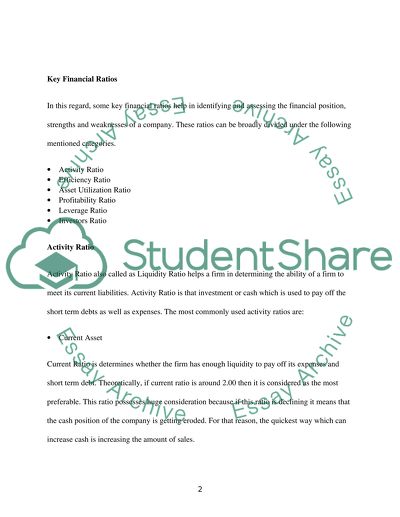Cite this document
(“The financial ratios of Rolls Royce and its major competitors Essay”, n.d.)
Retrieved from https://studentshare.org/finance-accounting/1395730-the-financial-ratios-of-rolls-royce-and-its-major-competitors
Retrieved from https://studentshare.org/finance-accounting/1395730-the-financial-ratios-of-rolls-royce-and-its-major-competitors
(The Financial Ratios of Rolls Royce and Its Major Competitors Essay)
https://studentshare.org/finance-accounting/1395730-the-financial-ratios-of-rolls-royce-and-its-major-competitors.
https://studentshare.org/finance-accounting/1395730-the-financial-ratios-of-rolls-royce-and-its-major-competitors.
“The Financial Ratios of Rolls Royce and Its Major Competitors Essay”, n.d. https://studentshare.org/finance-accounting/1395730-the-financial-ratios-of-rolls-royce-and-its-major-competitors.


